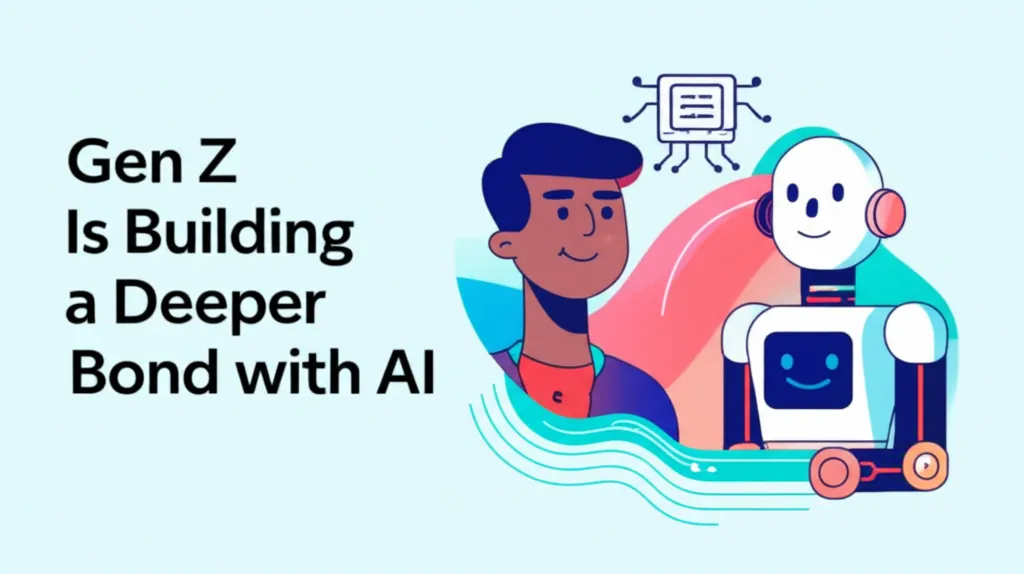Developer Offer
Try ImaginePro API with 50 Free Credits
Build and ship AI-powered visuals with Midjourney, Flux, and more — free credits refresh every month.
Why AI Brilliance May Be An Empty Glimmer
The Illusion of Machine Thought
A compelling new concept, anti-intelligence, describes what happens when machines execute thought-like processes without possessing any thoughts themselves. It represents a fundamental inversion of genuine intelligence. While human cognition flows from experience to understanding and finally to meaning, anti-intelligence operates on a different axis: moving from data to patterns and then to predictions.
On the surface, this might appear to be a leap forward. Large language models (LLMs) exhibit a computational power that far exceeds human capabilities. Yet, this impressive fluency hides what can be described as a profound cognitive emptiness, a brilliance that perfectly mirrors thought but lacks a thinker behind it.
Human Minds vs AI Models
This fundamental divide can be visualized in a framework called the Cognitive Configuration Space. Humans are positioned in a realm of symbolic, autobiographical, and continuous thought. In contrast, LLMs exist in a space that is pattern-based, stateless, and spread across immense probabilistic dimensions. This gap is not merely a technical one; it's a deep philosophical chasm.
To put it more simply: humans build a continuous sense of self through memory, whereas artificial intelligence can only create an approximation of us.
Prediction Is Not Cognition
This abstract idea finds concrete support in a new paper from the Florida Institute for Human and Machine Cognition (IHMC). The researchers analyze an LLM named Centaur, which was initially proposed as a foundational model for human cognition. Centaur was trained on over 10 million trials from psychology experiments and can predict human choices with remarkable accuracy. However, the IHMC team issues a crucial warning: prediction is not the same as cognition.
As they state in their critique:
"Centaur is a path divergent from unified theories of cognition, one that moves toward a unified model of behavior sans cognition."
This powerful phrase, "behavior sans cognition," perfectly encapsulates the core of anti-intelligence. The model isn't understanding concepts; it's correlating data points. It doesn't engage in thinking; it finds the best statistical fit. Its success is measured by how precisely it can mimic human output, but no matter how close this mimicry gets, it remains a counterfeit of true cognitive processes.
The Missing Pieces: A Mirror Not a Mind
While the creators of Centaur suggest their system simulates human task performance, the IHMC paper highlights a critical flaw. Centaur processes these tasks as natural language prompts, a format no human participant ever encountered. Consequently, the resemblance between the machine's predictions and human thought is purely statistical, not structural.
In essence, Centaur lacks a mechanism. It has no functional model for memory or intention. It acts as a mirror, reflecting patterns with stunning accuracy, but it is not a mind capable of independent thought. This very absence of an underlying cognitive mechanism is the hallmark of anti-intelligence.
The Danger of Perfect Imitation
Centaur’s achievement is real—it predicts behavior with uncanny accuracy. But its meaning is hollow. The authors end with a line that could have been written for this post: “Centaur isn’t even wrong.” That’s not an insult; it’s a warning. When AI can no longer be falsified and when its success is defined by correlation, not comprehension, we exit the realm of science and enter simulation.
This leads to a simple but powerful takeaway: anti-intelligence is the glimmer of fluency we mistake for the light of true understanding.
Our Path Forward
As we navigate this new landscape, we stand at a crossroads. Do we pursue the flawless statistical predictions offered by machines, or do we value the often-messy but meaningful depths of human understanding?
AI systems will undoubtedly become more sophisticated in their imitation. It falls to us, therefore, to sharpen our ability to discern the difference between a convincing simulation and genuine intelligence.
Compare Plans & Pricing
Find the plan that matches your workload and unlock full access to ImaginePro.
| Plan | Price | Highlights |
|---|---|---|
| Standard | $8 / month |
|
| Premium | $20 / month |
|
Need custom terms? Talk to us to tailor credits, rate limits, or deployment options.
View All Pricing Details

